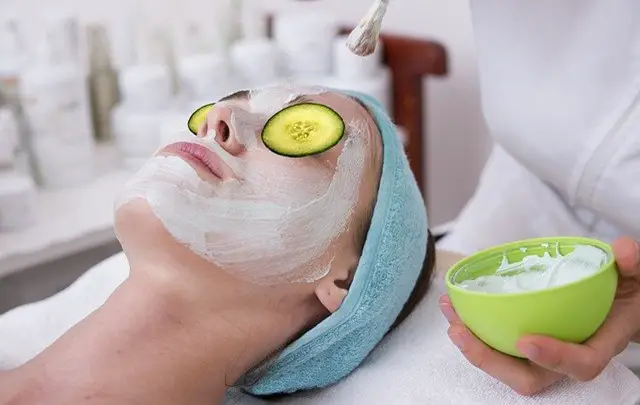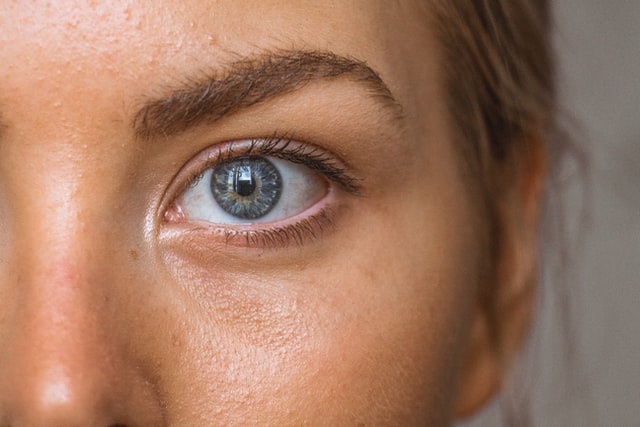People want to brighten dark spots and get rid of skin pigmentation for many reasons. Some people want to improve their appearance, some are sensitive about how they look in the sun because it makes them feel self-conscious or embarrassed. Others simply want a healthier-looking complexion that is less discolored or blotchy. Whatever your reason, if you’re tired of feeling like your face is always hiding under a veil, you’ll find this article useful.

Why skin brightening?
Skin brightening, or skin bleaching, is a form of lightening the appearance of dark spots on your skin, especially the face, neck, and hands. The term ‘brightening the skin’ is often used interchangeably with other terms like lightening, whitening, or bleaching. By using products that can lift heavier pigmentation, you can help diminish or remove dark spots and blotches. A product like a skin brightening serum can help darker skin patches elevate and even out your skin complexion. It is used for fading brown spots, blemishes, acne scars, age spots, or sunspots. To be able to achieve better results you should learn more about what causes hyperpigmentation and how to prevent and treat dark spots.
What can cause skin blemishes?
There are many causes of skin pigmentation, the most common of which is simply age. As we get older our body produces less melanin, a pigment that gives your skin its color. The result is often blotchy or uneven tone to the face and other parts of the body. One way to reduce aging symptoms is to protect yourself by wearing sunscreen every day, even in wintertime when you may not think about it. Other sun protection habits include avoiding prolonged exposure outdoors during midday hours when ultraviolet rays are strongest, wearing protective clothing, etc.
Sun damage also occurs because it’s natural for your skin to produce less melanin as you age. However, aging itself isn’t the only cause of sun damage; other factors like poor diet and drinking habits can also increase your risk for sunburn and dark spots. The antioxidants found in colorful fruits and vegetables like blueberries and broccoli build up your body’s tolerance to the effects of UV rays, whether from the sun or a tanning bed.
What does dark pigmentation look like?
There are many types of dark spots and areas on the body that can vary in severity. Here’s a list of some common conditions that people often confuse for hyperpigmentation:
Melasma (Chloasma)
This form of hyperpigmentation occurs only during pregnancy and can usually be treated with creams containing hydroquinone. Melasma causes brown or grayish patches on the face that can occur around the forehead, cheeks, upper lip, and chin area.
Post-inflammatory Hyperpigmentation
This arises from old blemishes like acne which have healed but left a dark mark where the inflammation occurred. This type of hyperpigmentation is most commonly seen in people with darker skin types (IV-VI). Although this condition is harmless it can make people feel self-conscious about their skin.
Solar lentigines
This is a common type of dark mark that appears as small, flat brown spots on the face and body as a result of sun exposure over time. Unlike melasma or PIH, solar lentigines will worsen as you age; they are visible in all skin types, particularly those with fair complexions which allow greater penetration of ultraviolet rays.
Post-inflammatory erythema
This usually occurs after deep acne breakouts and causes the skin to appear red and inflamed before it heals and turns into an even color (like hyperpigmentation). If you have post-inflammatory erythema, most types of foundation can cover up the problem once the redness has subsided
Change up your diet
It’s not necessary to alter your diet dramatically to fight sun damage; even small changes like adding more orange or red produce like carrots, sweet potatoes, or tomatoes can make a big difference. You may also try taking antioxidant supplements with vitamin C, E, and Zinc to encourage healthier-looking skin.
Other causes include hormonal imbalances like hypothyroidism (low thyroid) which can make you feel sluggish over time, resulting in compromised immunity that makes the body vulnerable to allergies which are often responsible for dark spots on different parts of your body. Darker pigmentation is also common during pregnancy due to an increase in estrogen levels.
When skin blemishes are a result of aging, sun damage, pregnancy, or other factors, it is important to consult your family doctor right away to rule out any potentially serious problems that may need attention from a professional. Remember: while some dark spots aren’t dangerous, it is always wise to get a medical diagnosis before attempting home remedies.
How does one get rid of skin pigmentation?
There are many treatments available for removing hyperpigmented areas on the body. Most bleaching creams contain ingredients like hydroquinone, kojic acid, azelaic acid, and glycolic acid which work by breaking down melanin in order to lighten dark spots. These types of creams typically take up to 6 weeks before you see any visible results; some people experience mild irritation during this time, so it’s important to use them with caution. Hydroquinone is the only FDA approved over-the-counter treatment for hyperpigmentation, but keep in mind that it can cause severe allergic reactions or side effects like exogenous ochronosis (a blue-black pigmentation disorder that results from the accumulation of phenols, tyrosine, melanin precursors).
Hydroquinone-free treatments can be effective depending on the kind of skin brightening treatment. Chemical peels done by a professional are one of the most powerful ways to reduce dark spots on the skin; they remove layers of dead cells to reveal brighter looking epidermis underneath. These are typically used for more severe cases due to their high price tag and risk of complications if not administered by an experienced professional.
If you are looking for ways to improve your skin tone and reverse aging on your face, this light therapy wand can be exactly what you need, read this review to know more all about it.
Other options include lasers, light therapy or dermabrasion, which destroy pigmented areas by targeting specific types of pigment that makes them fade.
- Lasers use intense beams of light energy to stimulate collagen production, which can tighten saggy or wrinkled areas and reduce the appearance of dark spots.
- Light therapy involves applying a chemical-free serum that contains an active ingredient to help absorb light energy from special lamps, this kind of treatment is suitable for all types of skin conditions including stretch marks, acne scars and hyperpigmentation.
- Dermaplaning (or microdermabrasion) is a common way to get rid of dead skin cells which makes it easier for topical treatments like bleaching creams and peels to take effect; it’s also painless and doesn’t leave the face red and irritated like some other methods. The procedure should only be done by a professional who specializes in skincare since there’s a risk of infection when using sharp tools close to the eyes.




